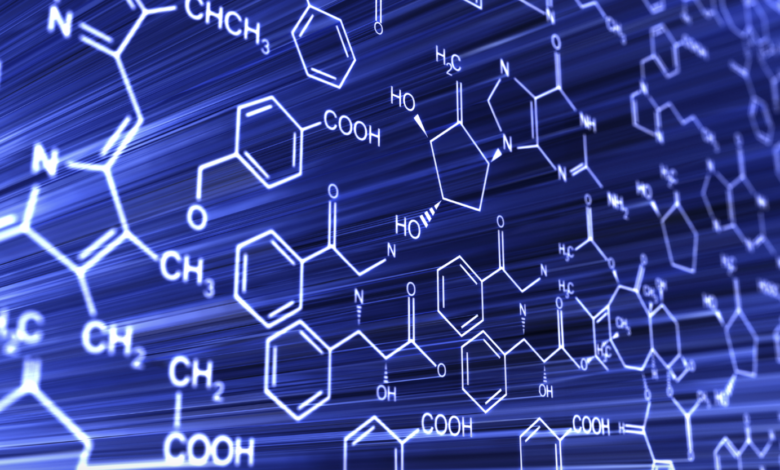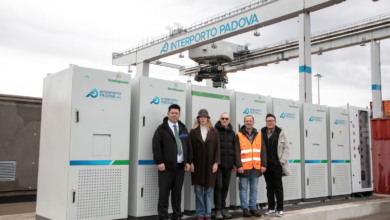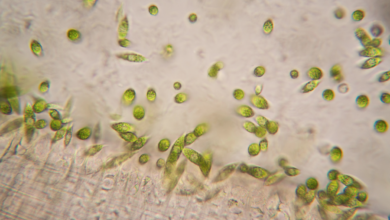AI could reduce animal testing of toxic chemicals

A Swedish team has developed methods of computational evaluation of toxic chemicals
A new method makes it possible to identify toxic chemicals with artificial intelligence based solely on molecular structure. Swedish researchers from Chalmers University and the University of Gothenburg discovered this. They argue that the process can contribute to better control and understanding of the increasing number of chemicals used. Plus, it might help reduce animal testing.
The methodology uses artificial intelligence to quickly and cheaply assess the toxicity of substances, allowing early identification. Currently, there are over 100 thousand chemicals on the market, but only for a small part the toxicity is well described. Improving the evaluation of all compounds using conventional methods involves brutal tests on animals, and moreover, it is practically not possible. Instead, the use of AI could provide increasingly reliable alternatives.
read also Abolish plastics: global treaty forgets chemicals
Today we already have computational tools for the research of toxic chemicals. But so far they have had too narrow a field of application or too low an accuracy to be palatable to animal experimenters.
The approach of Swedish researchers instead seems to have greater accuracy. It uses an advanced form of deep learning. The model is based on the transformers, an artificial intelligence system originally developed for language processing. The best-known example is GPT Chat. These transformers can identify properties in the structure of molecules that cause toxicity in a more sophisticated way than previously possible. Using this information, toxicity can be predicted by a deep neural network. Neural networks and transformers belong to the type of AI that is continuously improved by using large amounts of data from previous laboratory tests. Researchers believe that methods based on artificial intelligence will also help reduce the negative impacts of chemical pollution on humans and ecosystem services.
There are already computational instruments for the detection of toxic chemicals, but until now they had too narrow a field of application or too low an accuracy to be able to replace more laboratory tests. Researchers compared their method to three other commonly used computational tools and found that the new method has greater accuracy and is more generally applicable.





